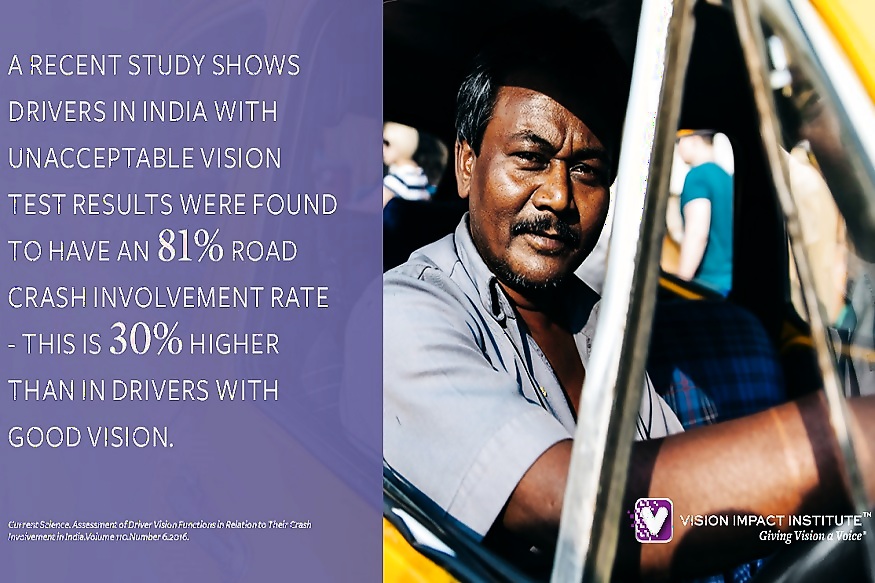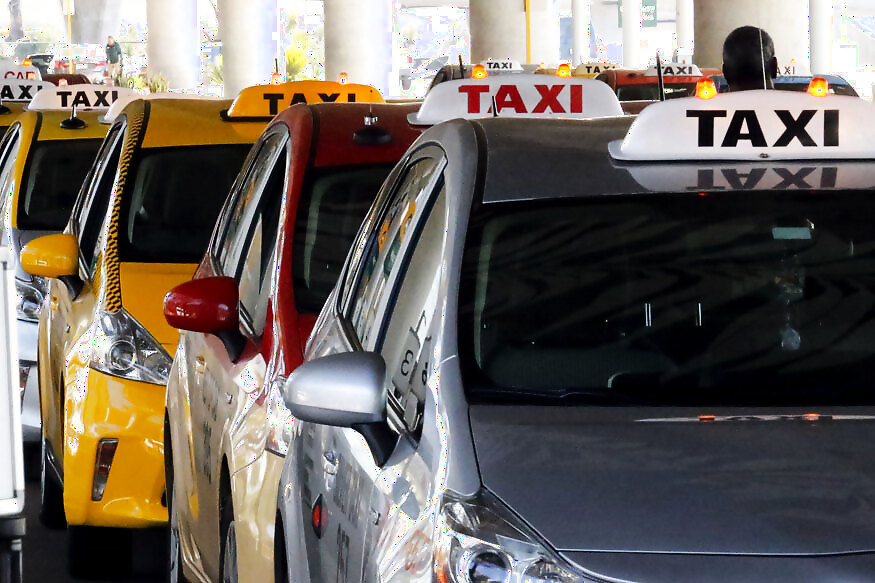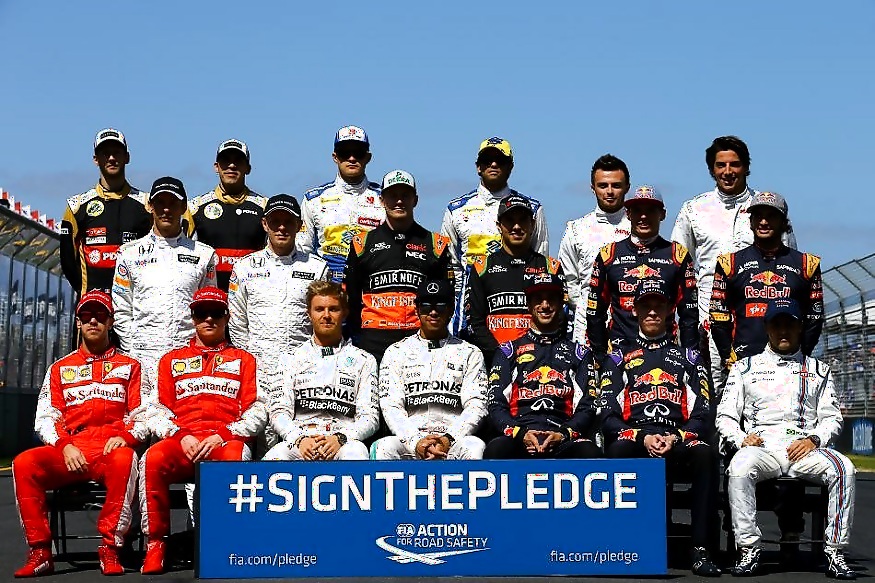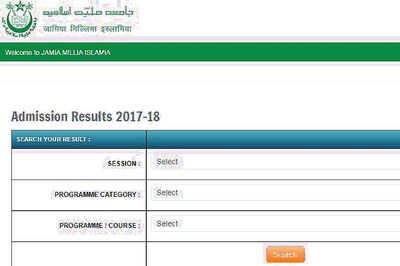![Vision and Road Safety – The Correlation Nobody Talks About [Video]](https://cdn.lamidix.com/news/5f/f2/fd/5ff2fda7e324dd35291e0d336bbfafec-b.jpg)
views
Indian roads are unarguably the most unsafe roads in the world and there’s ample data to prove it. According to a report by the World Health Organization, every year 1.25 million people are killed in road crashes around the world and 50 million more are left seriously injured. Of these 1.25 million, 150,785 deaths in road accidents were recorded in India in 2016 (as per a report by Ministry of Road, Highways and Transportation).
The number suggests that at least 17 people die every hour in India in road accidents, 1/4th of the total road accidents. This is an alarming figure! Now one may think that over-speeding, bad roads, drunken driving, and using the mobile phone while driving are the reasons for the accidents, but hardly a few know that the Vision plays a crucial role in ensuring road safety.
In the recently concluded 2nd World Congress of Optometry, Essilor, manufacturer of ophthalmic lenses, and The Fédération Internationale de l’Automobile (FIA), governing body of motorsports events like the Formula 1 and the World Rally Championship in association with World Council of Optometry and the Vision Impact Institute announced their partnership to promote vision as a key pillar of road safety on a global scale through wide awareness-building campaigns.

Let’s have a look at how vision impacts safety, what steps can be taken to cure it and what does the partnership brings to the table -
What does the numbers say?
According to some independent studies conducted by WHO, public awareness is low and access to quality eyeglasses remains limited in many regions of the world, especially India. While the road safety begins with good vision, many drivers are still not aware of the need to protect their vision from glare in sunny conditions or when driving at night.
42% of drivers have uncorrected vision in India
23% of drivers have uncorrected vision globally
19% gap between world numbers and India
81% road accidents is due to poor vision in India
50% is the global numbers
31% gap between the global numbers and India
Target Audience
The partnership, according to Kristan Gross, Global Executive Director, Vision Impact Institute aims to reduce this 30% gap and bring India at par with the global level. Delhi, the capital of India will be the starting point for raising the awareness, followed by other metropolitan cities like Mumbai, Bangalore, and Hyderabad.
Also, only the Commercial drivers working with Taxi Aggregators will be called upon for the training module, as they are easy to bundle up. Also, for the private consumers, awareness will be raised by the FIA, which is also a part of the partnership.
Kristan Gross, Global Executive Director, Vision Impact Institute, welcomed news of the partnership: “Since its inception, the Vision Impact Institute has worked to raise the priority of healthy vision for drivers as one of four key areas of focus. Our efforts to create change in this area, both globally and specifically in India, include building awareness through research on the role of healthy vision in driving. We are delighted to work alongside the industry as it comes together to advocate for road safety."

How Vision effects safety?
So at the end it all boils down to one explanation – how does Vision actually affect safety? There’s a very simple explanation for it - Have you ever tried with your eyes closed? If yes, you must have realized that our eyes gives input to the brain on course correction and we are able to walk straight or wherever we want. If the brain doesn’t receive feedback from eyes, we end up walking in the wrong path.
Similar is with driving! Our eyes give feedback to the brain and our brain reacts accordingly. Following are some of the reasons that can lead to safety issues due to a vision problem-
Our reaction time increases (similar to drunken driving)
It can happen due to a glare
Myopia can affect our vision too.

How to get started?
So what are the corrective measures we have to take and how does Essilor, the FIA and Vision Impact Institute are helping in reducing accidents due to incorrect vision? To start with, a training module will be designed to teach driving and check vision on the Driving Simulators. Followed by this, wearing corrective glasses will be promoted.
FIA has introduced “Check your vision", a vital New Golden Rule as a major step in raising awareness on poor vision as a major public health issue. It will add on to the FIA’s existing Golden Rules for road safety on other key risk factors such as speed, alcohol, seatbelt (e.g. “Obey the speed limit", “Never drink and drive", “Buckle up", etc.).
On the other hand, Essilor will endorse road safety by providing messages, data and analysis to support FIA’s communications on the crucial role of vision in the fight against road death. It will also further reinforce its product range based on the drivers’ specific needs. Additionally, Essilor will continue to leverage innovation as a way to better correct and protect the vision of the “vulnerable road users" (pedestrians, cyclists, etc.).
Partners
As mentioned earlier, Essilor, FIA and Vision Impact Institute are the parties involved in the process to make Vision an important criteria to promote road safety. Jayanth Bhuvagharan, Chief Mission Officer, Essilor stated: “Through this partnership, Essilor and the FIA are combining two objectives into one common ambition for the greater good: ensuring safe mobility across the world by improving people’s sight. The purpose of the 3-year partnership is to fight the lack of awareness on this global health issue and highlight the importance of regular eye checks for safe driving."
The Fédération Internationale de l'Automobile (FIA) is the governing body for world motor sport and was founded in 1904. It brings together 245 Mobility and Sport Clubs from 144 countries on five continents. Its Member Clubs represent over 80 million road users and their families.
The Vision Impact Institute's mission is to raise awareness of the importance of healthy vision, including the socio-economic impact of uncorrected refractive error (URE) and quality of life benefits of visual correction. Its Advisory Board is comprised of five independent international experts: Pr. Kevin Frick (United States), Pr. Clare Gilbert (United Kingdom), Pr. Kovin Naidoo (South Africa), Mr. Arun Bharat Ram (India), and Dr. Wang Wei (China).




















Comments
0 comment